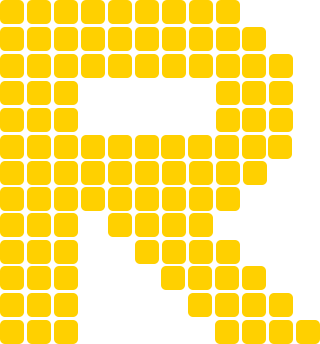How to Learn Preflop Ranges Using Range Viewers and GTO Poker Trainers
What to do?
Here are some tips on how to learn ranges effectively.
Even if you know the basic ranges already, this method is also good for keeping your ranges sharp and working on your weak spots.
To get your skills to the next level, you can increase the difficulty of your practice/study sessions by turning on RNG mode or activating the Timer mode from the trainer menu.
This will train more advanced skills like strategy mixing and decision making under time pressure.
📈 How to Learn Preflop Ranges Using Range Viewers and GTO Poker Trainers
Here's one effective method to adapt and incorporate into your routine.
1. Study Key Ranges in the Range Viewer
Preflop ranges to focus on initially:
- Opening ranges- Vs RFI ranges - Vs 3bet ranges
Start by focusing on the range boundaries as almost everything else will fall within them.
For example:
- Opening range - focus on UTG open range and BTN open range- Vs RFI - MP vs UTG open, BTN vs CO open - BB defense - BB vs UTG open, BB vs BTN open
 Focus on key ranges - UTG open range and BTN open range
Focus on key ranges - UTG open range and BTN open range
2. Practice Playing the Ranges in the GTO Poker Trainer
- - Work through the preflop course and the preflop badges one by one
- - Tip - repeat hands from the hand history when you make blunders
- - For specific scenarios, set up drills from the viewer
- - Tip - Set the hand hand range from the menu so that you will only be dealt trouble hands to train
- - Look up mistakes or spots you're less confident about in the viewer
 Key preflop skills - GTO Trainer
Key preflop skills - GTO Trainer
3. Go Through the Hand History From Your Sessions & Study Errors in the Range Viewer
- - Focus on any blunders, work on eliminating those first. Then work on common large mixing errors
- - A useful tip here is to see how far wrong you were.
For example, let's say the blunder was made calling a 3bet OOP when the GTO play was to fold.
Look at the worst hands that continue here, see where the boundary is to call/raise or fold. How far out from it were you?
Memorise that boundary.
If it's a mixed frequency play between fold and some other action, then it's a 0 EV play.
A simple exploitative strategy that could be incorporated here would be to fold all the 0 EV plays against a tight opponent who has a low 3bet freq %
- - A useful tip here is to see how far wrong you were.
- - After studying the spot in the viewer, drill the spot in the trainer. Set a hand range if you just want to practice certain hand combos
4. Play Some Hands IRL
- - Note hands where you were not sure of the correct play
- - Save the hand histories for later review
- - Save the hand histories for later review
5. Study Spots from Step #4 in the Range Viewer, and Drill Those Spots in the GTO Trainer
-
- Similar to step #3, see how far off you were. Memorise the boundaries
-
- - Drill common errors in the trainer until the spot is second nature
Repeat!
💡 Extra Tip
When looking up a spot in the viewer from a hand you've played, it's important to start at the beginning of the hand and step through it, checking the assumptions at each decision point. Don't just look up the result and compare it against the action in game!
Why is this important?
- - Ranges IRL often differ from gto strategies
- - By applying hand reading skills you can estimate where and how an opponent's range may differ from the solver solution
- - You can use that to see what adjustments to the suggested gto range would be needed to exploit the opponent's non gto range
- - Just because a decision does or doesn't match the solver output, it doesn't mean that it's correct or incorrect!
- - If your opponent's ranges differ dramatically from the solver model, then the solver output won't necessarily be the highest EV play
- - Watching how the ranges progress throughout the hand will help you understand the why behind gto strategies chosen, build up your base skill level, and identify opportunities in game to increase your win rate
At each point in the hand, the GTO strategy can be thought of as a solid base line strategy. Once the opponent strategy deviates from the solver model, there may be exploitative strategies worth deploying that are higher EV.
Knowing the GTO base line better allows you to identify spots to deviate and exploit better.
Here's a video showing RangeConverter in action to learn Short Deck as a beginner with experience in other formats:
STUDYING Short Deck with the GTO Trainer from RangeConverter!

